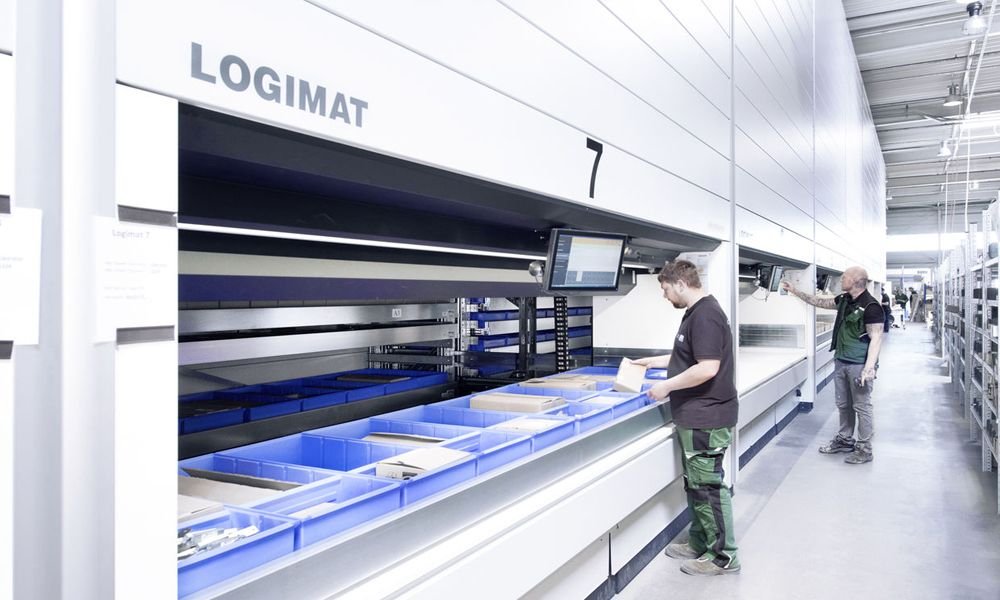Roll it ! We all know that conveyor belts move materials from one location to the next on the continuously moving belt, but what about magnetic conveyor belts? Unlike typical conveyor belts, magnetic conveyor belts have permanent ceramic magnets under the surface to carry ferrous materials from one place to another. Magnetic conveyor belts keep magnetic materials equally spaced out and can prevent them from toppling over on a vertical, incline, or horizontal belt.
Could your business benefit from using a magnetic belt? Let’s find out about different types of magnetic conveyor belts that you could implement; each magnetic conveyor belt type is built for specific roll applications.
Magnetic Belt Conveyors
Starting with magnetic belt conveyors, they are one of the most common magnetic conveyors because of their ease of use and limited construction. In a magnetic belt conveyor, large permanent magnets or a series of electromagnets are placed under the surface, which allows magnetic materials to move seamlessly. This may sound similar to a typical conveyor belt, but the magnets below the surface allow ferrous materials to move in any direction, even upside down, without topping over. This would be nearly impossible with a standard conveyor belt.
Magnetic belt conveyor belts are ideal for moving:
- Cans
- Batteries
- Ore
- Bulk ferrous materials
- Magnetic parts
Beltless Magnetic Conveyors
Beltless magnetic conveyors, also known as slider bed conveyors, don’t use an external belt; instead, a chain of powerful ceramic magnets or other permanent magnets move materials through a non-moving sliding plate. The magnetic materials placed on the belt attract the permanent magnets below the surface and are pulled to the end of the conveyor belt. All moving materials are enclosed in a beltless magnetic conveyor so the belt won’t jam or get backed up. Additionally, since only the non-moving bed touches the magnetic materials, the belt is more sanitary than typical belts. Since these belts don’t get jammed, they don’t cost as much in maintenance and repairs.
Beltless magnetic conveyors are ideal for:
- Moving small assembly components, such as fasteners, nuts, screws, etc.
- Machine grinding and lapping
- Vertical and horizontal milling
- Metal stamping
- Cold heading
- Scrap collection
Magnetic Separators
The last type of magnetic conveyor belt we’ll discuss is a magnetic separator. Magnetic separators separate ferrous materials from aggregate material through electromagnetic rollers. An aggregate mixture enters the belts from one end and ferrous particles separate onto a different conveyor belt as it passes through the electromagnetic belt. Magnetic particles are moved onto a different conveyor belt and the non-magnetic mixture continues through the conveyor. Other ways to use a separator include suspending plate magnets above conveyor belts, cross belt separators that self-clean, and magnetic drum separators, which are essentially large rollers on a drum roll .
Magnetic separators are ideal in the following industries:
- Mining
- Food and beverage processing
- Animal feeding/ agriculture
- Industrial ceramic filtering
- Recycling processes





